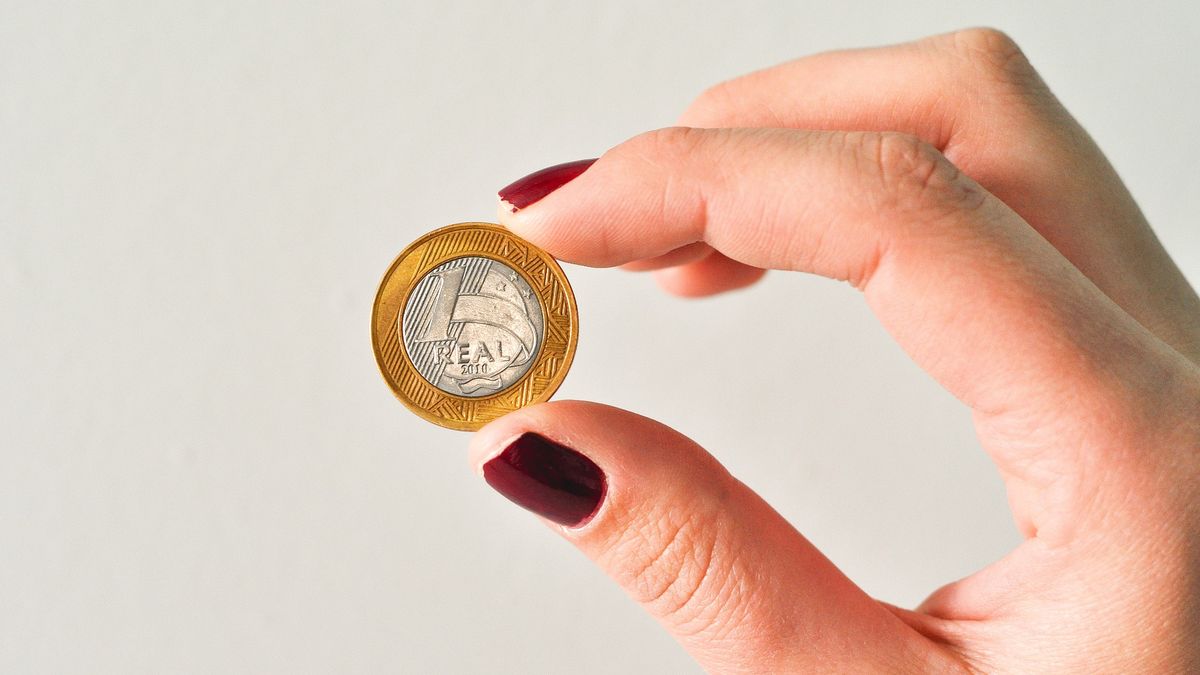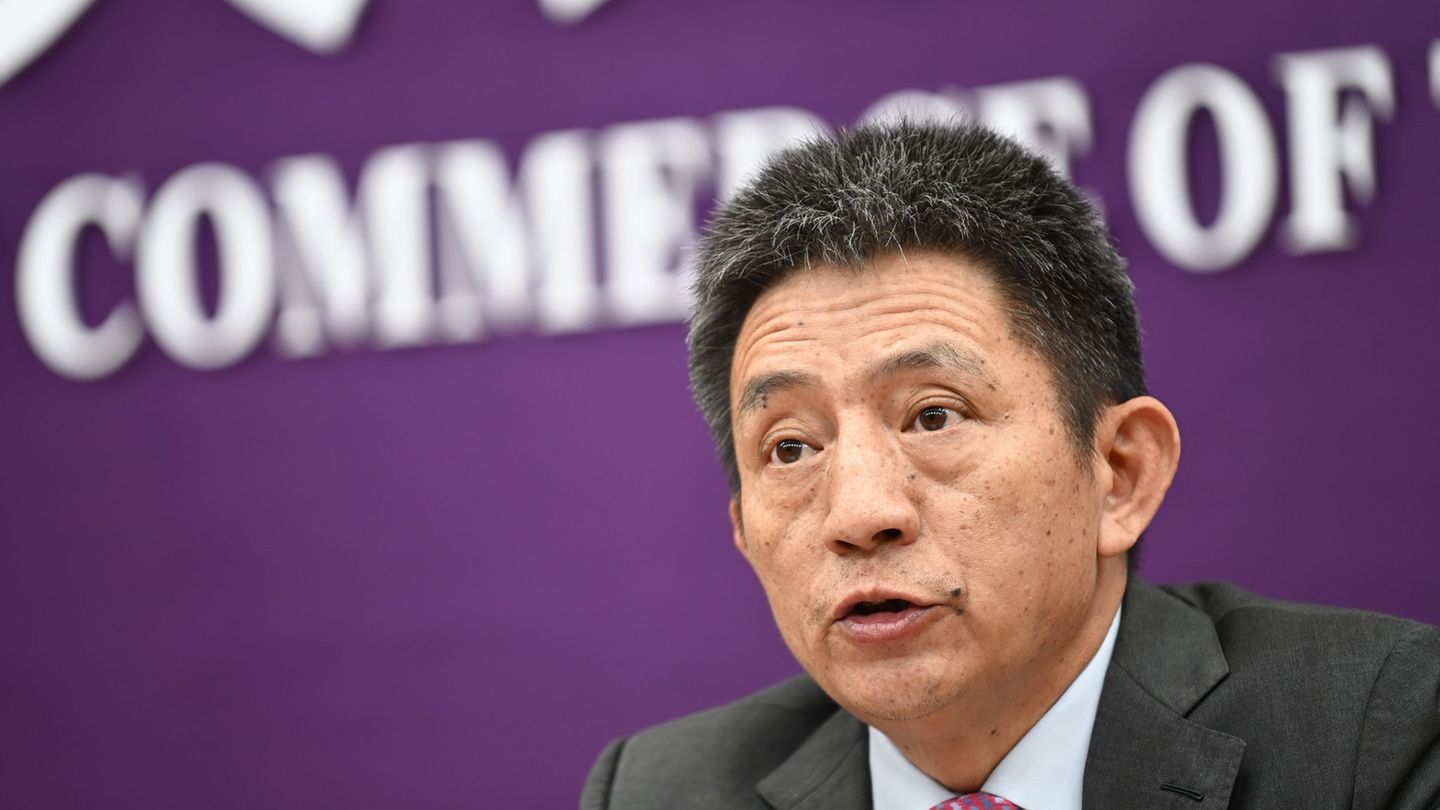Although more than 1,600 positions will be elected, the focus will be on the election for president, where among 11 candidates the contest is expected to narrow between the current president, Jair Bolsonaro (PL) and former president Luis Ignacio, “ Lula da Silva (PT).
For his part, the current president has focused his campaign on reducing the size of the State and simplifying the state bureaucracy, and opting for a tax reform. In turn, he plans to maintain the policy inaugurated in the pandemic of “Auxilio Brasil”, a direct transfer of Reales 600 to families that was born to replace the “Bolsa Familia” program, established in 2003 by Lula.
While the main opposition candidate will seek to assign the State a more participatory role in economic planning, seeking to promote infrastructure and industrialization projects, along with a “progressive” tax reform in order to simplify the current code. In the case of Lula’s candidacy, it is important to note that the vice president accompanying him on the ticket is the former governor of the State of São Paulo Geraldo Alckim, who in 2006 came second in the race against Lula and is associated with center-right parties. .
As far as public opinion is concerned, the main pollsters in Brazil see Lula’s victory in the second round as a more likely scenario, not ruling out a victory in the first round. Since the beginning of the year, the candidate of the Workers’ Party (PT) has maintained a considerable difference over the current governing administration with an average difference of 10 percentage points (pp.), standing at around 40% of the intention to vote .
According to the electoral law of the neighboring country, it is required that a candidate reaches 50% of the votes in the first round to win the presidency, and if not, the first two candidates go to a second round. In this way, taking into account the latest polls, Lula and Bolsonaro would go to a second round.
What state is the Brazilian economy in?
Regardless of the result and its implications for the Brazilian stock market, it is first important to understand the state of the Brazilian economy, the largest in South America.
For its part, as in most of the world, Brazil went through a period of significant increase in inflation, reaching a year-on-year (yoy) record of 12.1% in April 2022, both as a result of its own expectations after the increase in public spending due to the pandemic and the external shock that occurred after the Russian invasion of Ukraine.
However, it is important to highlight that the Brazilian Central Bank (BCB) has been one of the first in the world to increase the interest rate after the relaxation of monetary policy in 2020, starting in March 2021 and taking the rate to a current rate of 13.75% per year, thus being one of the most positive real rates to date.
Thanks to this policy, the BCB was able to anchor expectations by making savings instruments in local currency more attractive and the cost of borrowing higher. In turn, its main objective, to contain inflation, was successfully accomplished since in the last two months of 2022 the Brazilian economy has registered deflation, which could allow it to relax monetary policy during the next year.
In line with what was observed in much of the world, during the course of the pandemic the Brazilian government carried out fiscal stimulus programs and direct assistance to alleviate the effects on real activity. However, this increase in spending was temporary, which was reflected in the subsequent fiscal surplus reached in 2021 and sustained so far in 2022.
For its part, the consolidated debt of the public sector has remained at stable levels, representing almost 50% of GDP, with the majority being local debt. Although debt services are higher than the regional average for the next few years, the reforms in recent years have made Brazilian fiscal policy more sustainable over time.
Regarding the real activity of the economy, the good performance of the Brazilian economy can be highlighted compared to other countries in the region in 2020, being among the first to recover the level of activity post-pandemic, even considering the low growth that had been dragging from previous years. Thus, after having a GDP contraction in 2020 of 3.9%, in 2021 it saw a growth of 4.6%, and so far next year it is expected to exceed analysts’ expectations, which stood at 2.6%.
The important thing to highlight about this growth is that it exceeded the expectations of the beginning of the year, it occurred in a framework of aggressive interest rate hikes where it was feared that it could negatively affect the product.
What investment alternatives exist?
Taking all of the above into consideration, from the team at Research of IOL Invested online We highlight the Brazilian economy for its good performance and future prospects. In the long term, we understand that the Brazilian economy will continue on a positive path regardless of the outcome of this election, due to the fact that the terms of trade are at better levels and due to the drop in interest rates that are expected in 2023.
Although the international context is not entirely favorable for emerging countries, we understand that shares of Brazilian companies are undervalued compared to their historical average and that the outcome of the elections would not lead to a worse performance.
Likewise, in terms of prices, the ETF of Brazilian companies, the EWZ, registers a value of almost 30% below the maximum values of June 2021 and 38% in relation to the pre-pandemic maximums. On the other hand, we must highlight the relevance that certain companies from the neighboring country present for the Argentine investor. In this sense, the CEDEARs of Petrobras (PBR), Vale (VALE), Banco Bradesco (BBD) and the aforementioned ETF of Brazilian companies, the EWZ.
Likewise, focusing especially on some valuation ratios such as the price in relation to earnings (known as Price Earning), they help us to graph the current situation of undervaluation in which the main Brazilian assets find themselves.
For example, Banco Bradesco has a ratio of 8.5, which is not only below the industry average (11.43) but also below the average recorded by the company itself during the last 10 years, where it was around 10 points.
Based on the above, we understand that the result of the elections should not be a trigger to make a decision regarding the sale of Brazilian assets. We understand that Brazil has solid macroeconomic aspects and assets that are clearly undervalued compared to their own historical averages, which could even be represented as a long-term investment alternative.
Source: Ambito
David William is a talented author who has made a name for himself in the world of writing. He is a professional author who writes on a wide range of topics, from general interest to opinion news. David is currently working as a writer at 24 hours worlds where he brings his unique perspective and in-depth research to his articles, making them both informative and engaging.




